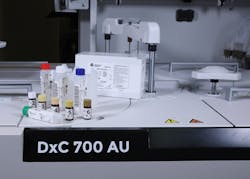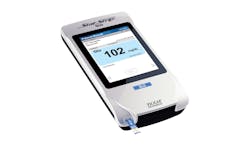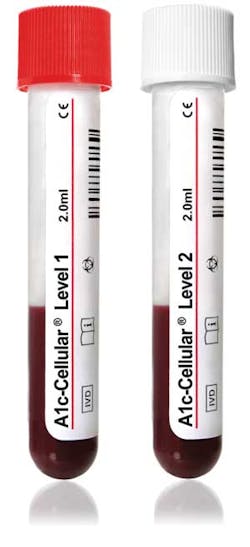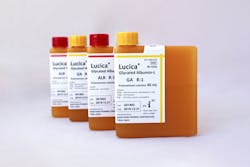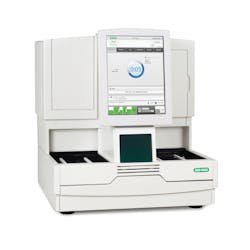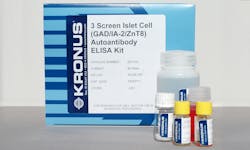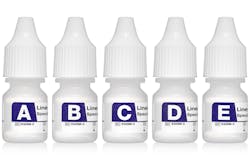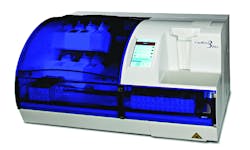In 2018, statistics showed there were 425 million people worldwide with diabetes. According to the International Diabetes Federation (IDF), this number is forecasted to increase to 642 million by 2040, proving that diabetes remains one of the fastest-growing diseases. These increasing numbers are forcing the clinical laboratory industry to keep pace with the test products and treatment options that are being introduced. In addition to new products that claim to offer more accurate results and greater reliability are updated testing guidelines, which are influenced by the ever-changing nature of the everyday disease itself.
Among the many factors the IDF lists as responsible for diabetes are “higher levels of urbanization, aging populations and the growing adoption of more sedentary lifestyles, which leads to insufficient physical activity, greater rates of obesity and a higher intake of unhealthy foods.” However, another factor currently receiving more attention is genetics, and how genes play a role in the increased risk for pre-diabetes among family members. As such, many clinicians suggest that early detection of diabetes could be key in the treatment and management of the disease, and in some cases, could potentially reverse diabetes entirely.
In an effort to stay current with diabetes awareness and detection, new products and test options are being tailored to provide more specific, individualized results. While current demands for disease screening and monitoring are expected to grow as long as the world’s diagnosed population grows, there remains a general belief that there is more work to be done in diagnosing diabetes. For today’s clinicians, it’s no longer a determination between Type 1 and Type 2 with treatments assigned accordingly. Now, clinicians are asking for change by way of more category and subtype options—noting that every patient doesn’t respond the same way to the same treatment, asserting that personalized medicine needs to do more for all diabetic patients.
Should changes or additions in diabetes classifications occur, this might allow physicians to improve customized patient treatment options for more effective disease monitoring and management. Also looking at change is the American Diabetes Association (ADA), who revised its own criteria in the 2019 Standards of Medical Care in Diabetes, which is updated annually. The 2019 updated information, “supports a diagnosis of diabetes when it’s possible to obtain two abnormal tests from a single sample.” The ADA pointed out, “This approach may allow for a faster diagnosis and implementation of an appropriate treatment plan when such laboratory values are available.”
With the increase in diabetes detection, clinical labs continue to compete among themselves to be the first to introduce and market the next greatest new product or assay that will answer the demands of the industry. Companies such as Beckman (Coulter) and Bio-Rad (Laboratories), Siemens (Healthineers) and Sebia know all-too-well the importance of having a cost-effective new product or test that provides the highest accuracy and reliability for every patient diagnosis. With many clinicians looking to embrace new products, here are some of the most recent industry launches and introductions for your consideration.

